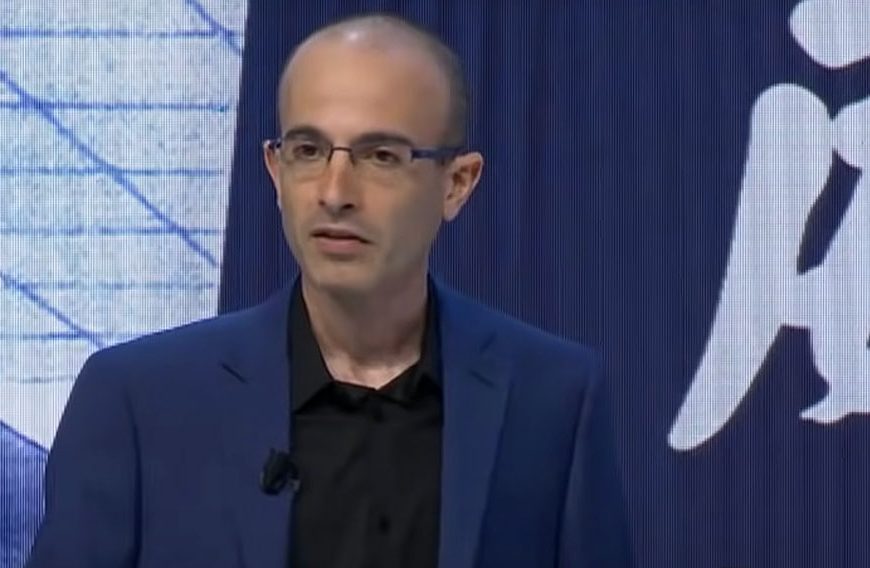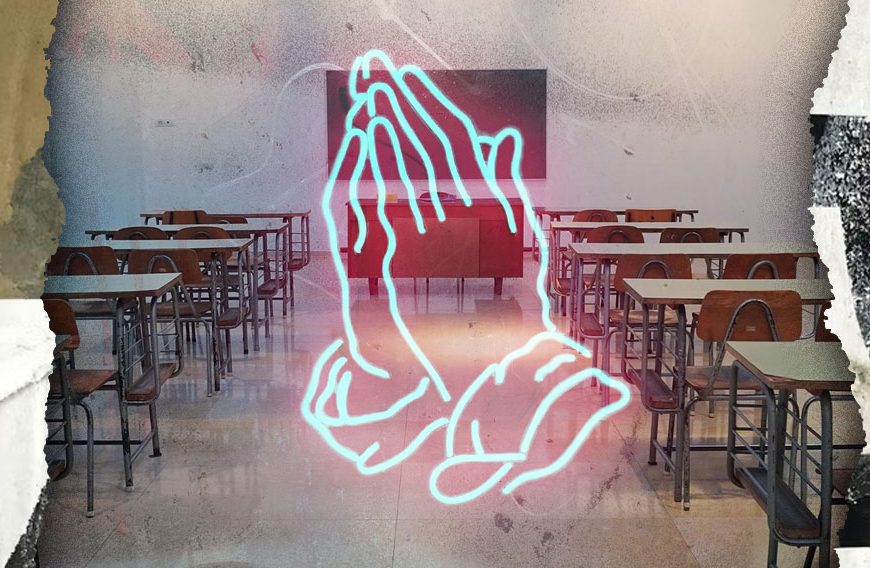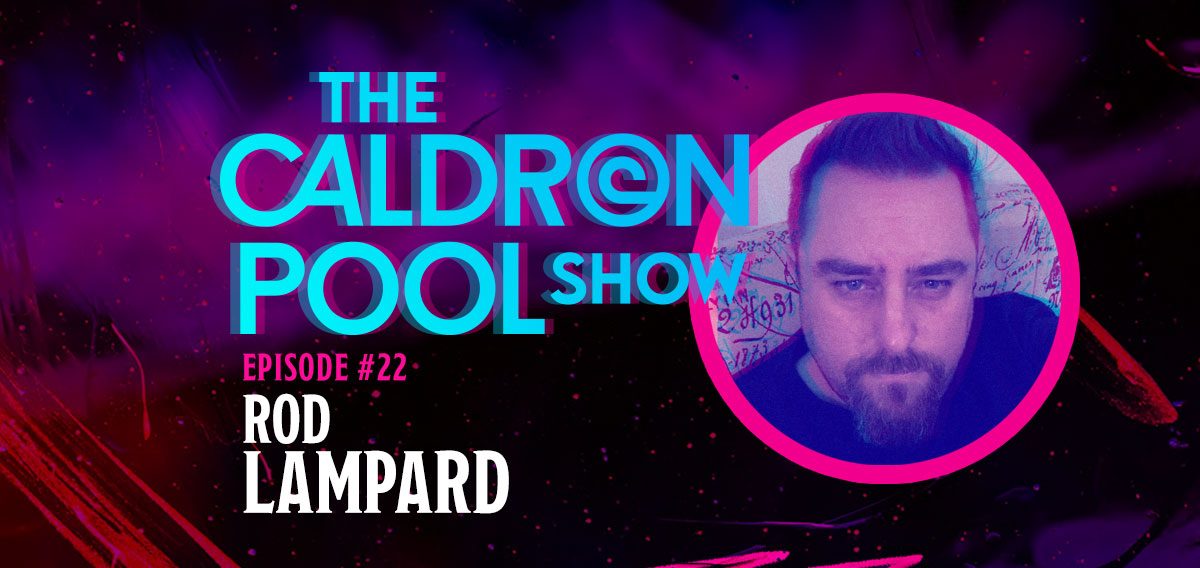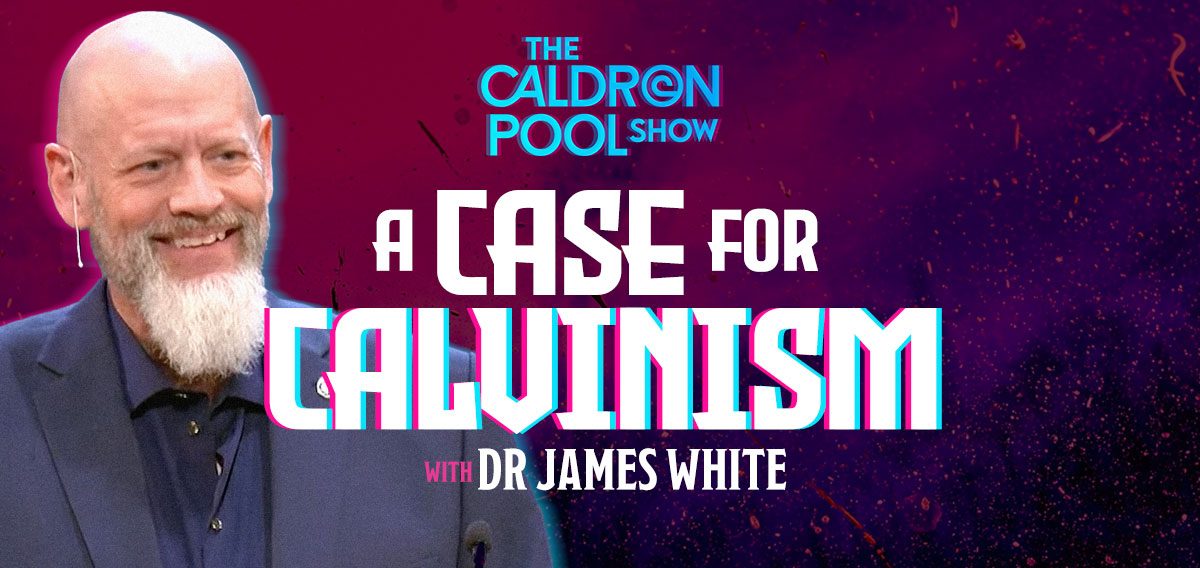HBO’s “Chernobyl” is, according to IMDB, the highest-ranking show of all time with a 9.7-star rating (out of 10). According to Interesting Engineering:
That puts it ahead of AMC’s “Breaking Bad” (9.5), BBC’s “Planet Earth II” (9.5), HBO’s “Band of Brothers” (9.5), the original “Planet Earth” (9.4), HBO’s “Game of Thrones” (9.3) and HBO’s “The Wire” (9.3).
But while it might make for great entertainment, is it accurate? This is an important question—especially regarding the subject of nuclear power—because it has the power the influence so many people’s perceptions and opinions on the subject.
Significantly, the central character in the mini-series, a nuclear scientist named Valery Legasov, says in a court scene—which in real life he didn’t even attend—at the end of the show: “The real danger is that if we hear enough lies then we no longer recognise the truth at all”. However, the irony is that “Chernobyl” fails the historical truth test repeatedly. As Masha Gessen writes in The New Yorker:
Legasov gets the last word. He speaks of “the gift of Chernobyl: where I once would fear the cost of truth, I only ask”—the screen fades to black— “what is the cost of lies?” One might say that the cost of lies is more lies. One might say that these are fantasies, embellishments, shortcuts, and even translations. Whatever they are, they are not the truth.
Gessen is correct. “Chernobyl” is based more on fiction than fact with nearly all of the most memorable scenes being a misrepresentation of the truth or a complete fabrication. What follows is a summary of the top ten falsehoods propagated by this top rating show:
1. Victims of radiation are not covered in blood. As Michael Shellenberger writes in Forbes:
Radiation is not the superpotent (sic) toxin “Chernobyl” depicts. In episode one, high does of radiation make workers bleed, and in episode two, a nurse who merely touches a firefighter sees her hand turn bright red, as though burned. Neither thing occurred or is possible.
2. Three men didn’t die draining radioactive water. The mini-series itself gives the impression that they volunteered for a mission that would result in death less than a week later. Although, in the closing credits it is confirmed that this didn’t take place. As Viacheslav Shramovych and Hanna Chornous writing for the BBC Ukraine report:
Contrary to reports that the three divers died of radiation sickness as a result of their action, all three survived.
Shift leader Borys Baranov died in 2005, while Valery Bespalov and Oleksiy Ananenko, both chief engineers of one of the reactor sections, are still alive and live in the capital, Kiev.
3. A helicopter didn’t crash due to radiation from the melted reactor. Instead, it happened half-a-year later as the following footage Shellenberger clarifies that:
There was a helicopter crash but it took place six months later and had nothing to do with radiation. One of the helicopter’s blades hit a chain dangling from a construction crane.
4. Radiation sickness is not contagious. Again, Shellenberger correctly explains that:
The most egregious of “Chernobyl” sensationalism is the depiction of radiation as contagious, like a virus…radiation is not contagious. Once someone has removed their clothes and been washed, as the firefighters were in real life, and in “Chernobyl,” the radioactivity is internalized.
It is conceivable that blood, urine, or sweat from a victim of ARS could result in some amount of harmful exposure (not infection) but there is no scientific evidence that such a thing occurred during the treatment of Chernobyl victims.
Significantly, Shellenberger then goes on to address a very important question arising out of the above.
Why, then, do hospitals isolate radiation victims behind plastic screens? Because their immune systems have been weakened and they are at risk of being exposed to something they can’t handle. In other words, the contamination threat is the opposite of that depicted in “Chernobyl”.
5. There is no evidence that a baby of a pregnant mother was killed due to radiation or that there was any increase in birth defects. As Shellenberger writes:
Chernobyl’s total death toll is small compared to other famous disasters. According to the United Nations, 31 deaths are directly attributable to the accident. Three people died at the scene of the accident and 28 died several weeks later. Since then, 19 died for “various reasons” including tuberculosis, cirrhosis of the liver, heart attacks, and trauma. The U.N. concluded that “the assignment of radiation as the cause of death has become less clear.”
Accidental deaths are always tragic, but it’s worth putting them in perspective. The worst energy disaster, the collapse of a hydroelectric dam in China, killed between 170,000 and 230,000 people. The Bhopal chemical disaster killed15,000.
Even other fires are much worse. When Britain’s Grenfell tower caught fire in 2017, 71 people died. During the Twin Towers fires caused by the September 11, 2001 terrorist attacks, 343 firefighters died.
What about cancers? There have been 20,000 documented cases of thyroid cancer in those aged under 18 at the time of the accident, and the UN’s most recent white paper from 2017 concludes that only 25%, i.e. 5,000, can be attributed to Chernobyl radiation (see paragraphs A – C in the Executive Summary).
In earlier studies, the UN estimated there could be up to 16,000 cases attributable to Chernobyl radiation.
Since thyroid cancer has a mortality rate of just one percent, that means the expected deaths from thyroid cancers caused by Chernobyl will be 50 to 160, with the vast majority of them occurring in the elderly.
That’s it. There is no reliable evidence that radiation from Chernobyl caused an increase in any other disease or malady including birth defects.
6. Contrary to the show’s claim there was not a “dramatic spike in cancer rates across Ukraine and Belarus”. Instead, according to The World Health Organisation, the residents of those two countries were “exposed to doses slightly above natural background radiation levels”.
7. There was no such thing as a “Bridge of Death”. The miniseries depicts a crowd of people watching the fire from a bridge and that none of them survived. Shellenberger notes that this “is a sensational urban legend and there is no good evidence to support it”. What’s more, in his highly acclaimed and New York Times bestselling book, Midnight in Chernobyl, Adam Higgenbotham says that he interviewed someone who was on the bridge that night and that they “appeared perfectly healthy”.
What’s more, whereas “Chernobyl” implies that all of the first responders to the accident suffered from Acute Radiation Syndrome (ARS) and subsequently died, however, records show that 80 percent of them, in fact, survived.
8. Russian “feminists” didn’t exist in the 1980’s. The creators of “Chernobyl” present Russian culture as being more Western, choosing to especially highlight the role of powerful women. However, as Messen—herself a feminists lesbian—writes:
Resignation was the defining condition of Soviet life. But resignation is a depressing and untelegenic spectacle. So the creators of “Chernobyl” imagine confrontation where confrontation was unthinkable—and, in doing so, they cross the line from conjuring a fiction to creating a lie. The Belarusian scientist Ulyana Khomyuk (Emily Watson) is even more confrontational than Legasov. “I am a nuclear physicist,” she tells an apparatchik, in Episode 2. “Before you were Deputy Secretary, you worked in a shoe factory.” First, she’d never say this. Second, the apparatchik might have worked at a shoe factory, but, if he was an apparatchik, he was no cobbler; he has come up the Party ladder, which might indeed have begun at the factory—but in an office, not on the factory floor. The apparatchik—or, more accurately, the caricature of the apparatchik—pours himself a glass of vodka from a carafe that sits on his desk and responds, “Yes, I worked in a shoe factory. And now I’m in charge.” He toasts, in what appears to be the middle of the day: “To the workers of the world.” No. No carafe, no vodka in the workplace in front of a hostile stranger, and no boasting “I’m in charge.”
9. The reason why the nuclear reactor at Chernobyl failed was not a mystery. According to Higgenbotham, Soviet scientists “were well aware of the faults of the RBMK reactor years before the accident” and “reactor specialists came down from Moscow within 36 hours of the explosion and quickly pinpointed the probable cause.”
10. There was no Ulana Khomyuk. Even our the ABC acknowledges the creation of this particular character was a complete fabrication. In particular, the female scientist schools the dim whited men in diverting an even greater disaster occurring by having the nuclear fuel act as “lava” and leech into the reactor and cause a thermal explosion. However, this scenario also didn’t eventuate.
In the end, the HBO five-part series makes it seem that the entire area was a nuclear wasteland. What it fails to acknowledge, though, was that the Chernobyl power plant continued to operate until 2000. As accurately reported in the ABC:
The Chernobyl power plant contained four nuclear reactors and when reactor four exploded, the other three continued functioning in the days, weeks and months that followed.
The power plant was only shut down in 2000.
At the time of the disaster, the Chernobyl plant was the linchpin of Ukrainian power and powered most of Kiev.
Why does all of this matter? Well, beside from the importance of historical accuracy, it would be a tragedy if public opinion became galvanised against the use of nuclear energy due to the popularity of this particular mini-series. As Shellenberger writes:
In the end, HBO’s “Chernobyl” gets nuclear wrong for the same reason humankind as a whole has been getting it wrong for over 60 years, which is that we’ve displaced our fears of nuclear weapons onto nuclear power plants.
In reality, Chernobyl proves why nuclear is the safest way to make electricity. In the worst nuclear power accidents, relatively small amounts of particulate matter escape, harming only a handful of people.
During the rest of the time, nuclear plants are reducing exposure to air pollution, by replacing fossil fuels and biomass. It’s for this reason that nuclear energy has saved nearly two million lives to date.
Another reason why “Chernobyl” has become so popular, though, is something more culturally subconscious. Throughout the series there is a decidedly anti-communist agenda. In fact, the whole thing feels like a re-telling of George Orwell’s classic 1984. Significantly, the Chernobyl nuclear disaster occurred in 1986. Could it be that this is case of not so much art imitating art, but the other way around?
Not only is “Chernobyl” imperialistic towards the West but it also plays on the collective anti-Semitism of Russian history. In fact, in the closing credits, Mikhail Gorbachev is quoted as having written:
The nuclear meltdown at Chernobyl…was perhaps the true cause of the collapse of the Soviet Union.
Closely related to this, in the final episode it is revealed that both the Pols and Jews traditionally lived in the region surrounding Chernobyl before they were carried off to the Pogroms by Stalin. Not only that, but the central character of Valery Legasov is himself described as a loyal “party man” due to his supposed discrimination in not promoting Jewish scientists. Is the series therefore implying that the Russians deserved something like this to occur?
Ultimately, the problem with well-produced shows like “Chernobyl” is that it is so persuasive. With compelling characters, beautiful Russian scenery, slick dialogue, a haunting musical score, an overwhelmingly tragic narrative, and stunning visual effects the general public is persuaded to take sides on an issue when many of the most compelling aspects are less than accurate. And as Legasov said—or more precisely, didn’t say—in the shows climatic scene:
The real danger is that if we hear enough lies then we no longer recognise the truth at all.



















